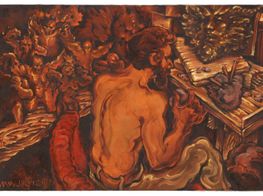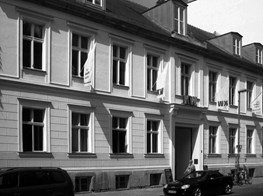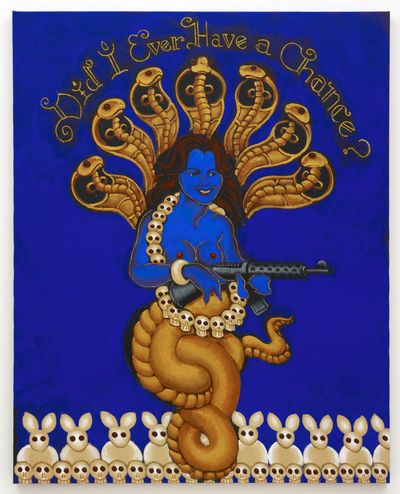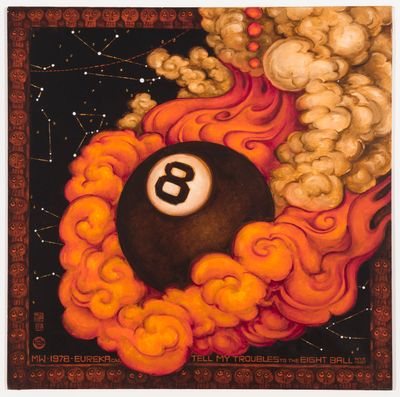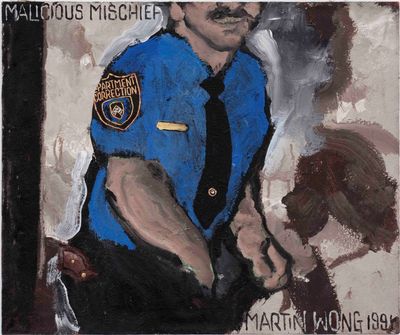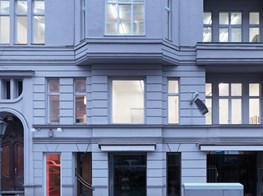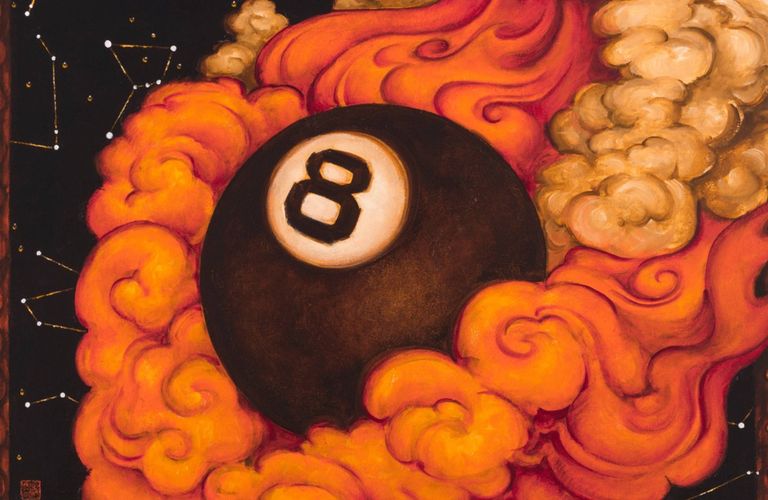
Martin Wong's Lasting Legacy at KW Institute for Contemporary Art
Nearly a quarter of a century since the artist's death, Martin Wong's artistic legacy continues to surge in popularity and demand. Traversing erotic, kitsch, and at times violent aesthetics, the Chinese-American artist's raw yet romantic chronicles of urban life are imbued by his progressive countercultural voice.
Wong is most known for his poetic paintings—at once real and fantastical—that often draw from visual languages like Chinese iconography and sign language, and offer valuable insight into America's ever-changing social and political landscape.
Born in 1946, Wong moved to New York in 1978. The move followed a highly active period in the San Francisco Bay Area arts scene, where he began to make art exploring queerness and multiracial and ethnic identities.
Over 100 of Wong's paintings and sculptures, encompassing over three decades of practice, will be on display at KW Institute for Contemporary Art, Berlin, in the most ambitious presentation of Wong's work outside of the United States to date.
On the occasion of Wong's exhibition, Martin Wong: Malicious Mischief (25 February–14 May 2023), Daniel Buchholz, founder of Galerie Buchholz, spoke to Ocula Advisory about his relationship to Wong and his gallery's role in shaping the artist's legacy in Europe.
Buchholz first saw Martin Wong's work when he was very young, in the 1980s in New York. It was only posthumously that Buchholz and his partner, Christopher Müller, exhibited Wong's work at Galerie Buchholz in Berlin and Cologne.
'Recognising Wong as a legendary New York figure, we were shocked to discover that his work had never been shown in Germany before', explains Buchholz.
'Our friend, artist and curator Julie Ault, who knew Wong and wrote extensively about him, introduced us to more of his work. Shortly after, we contacted Wong's New York gallery, P·P·O·W Gallery, and visited Wong's mother, who was still alive at the time in San Francisco.'
Prior to Galerie Buchholz representing Wong, his work had never been exhibited in Europe.
The artist's first presentation with the gallery, Martin Wong: Works 1980–1998, displayed his work in a two-part exhibition across Galerie Buchholz's Cologne (28 May–22 August 2010) and Berlin (27 August–25 September 2010) spaces.
'Many people were seeing Wong's work for the first time. And for those people who were familiar with his work already, it was interesting to see Wong's paintings outside the context of New York', noted Buchholz.
It could be said that Wong's work has only gained greater recognition after his death in 1999—with his 2015 Bronx Museum of the Arts retrospective, Human Instamatic (4 November 2015–13 March 2016), and the handful of solo and group shows at Galerie Buchholz.
'Sadly, as is often the case with artists, it is probably true that Wong gained greater recognition after his death. Wong has a very consistent oeuvre and was quite prolific, but he was a bit of an outlaw as well. His work was driven by his passion and crossed many complex borderlines.'
KW Institute for Contemporary Art's exhibition wields Wong's body of work as a catalyst for 'the discussion of the representation of sexual and cultural minorities in art, in particular the Asian and Latino communities in the U.S.'.
The thorough survey contributes to the development and continuation of progressive countercultural discussions from a European perspective, discussions ignited by Galerie Buchholz's display of Wong's empowering oeuvre.—[O]
Main image: Martin Wong, Tell My Troubles to the Eight Ball (Eureka) (1978–81) (detail). Acrylic on canvas. 121.9 x 121.9 cm. © Martin Wong Foundation. Courtesy the Martin Wong Foundation and P·P·O·W, New York.
Selected works by Martin Wong

63 x 20 cm (incl frame) Galerie Buchholz
Request Price & Availability
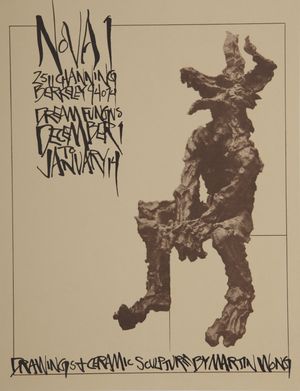
28 x 21.5 cm Galerie Buchholz
Request Price & Availability
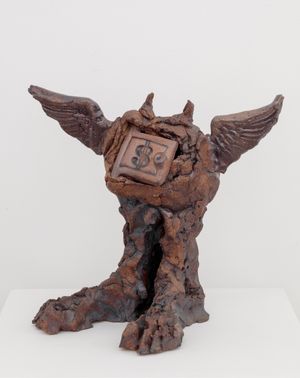
26.4 x 17.8 x 28 cm Galerie Buchholz
Request Price & Availability
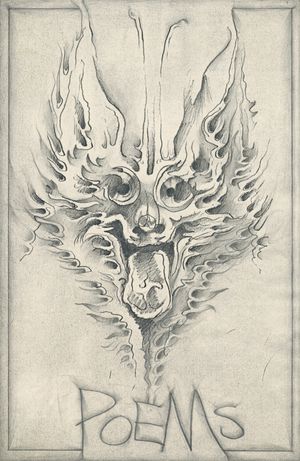
25.5 x 16 cm Galerie Buchholz
Request Price & Availability

